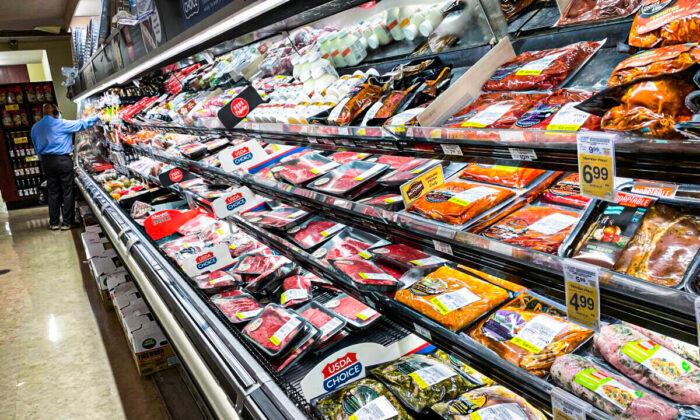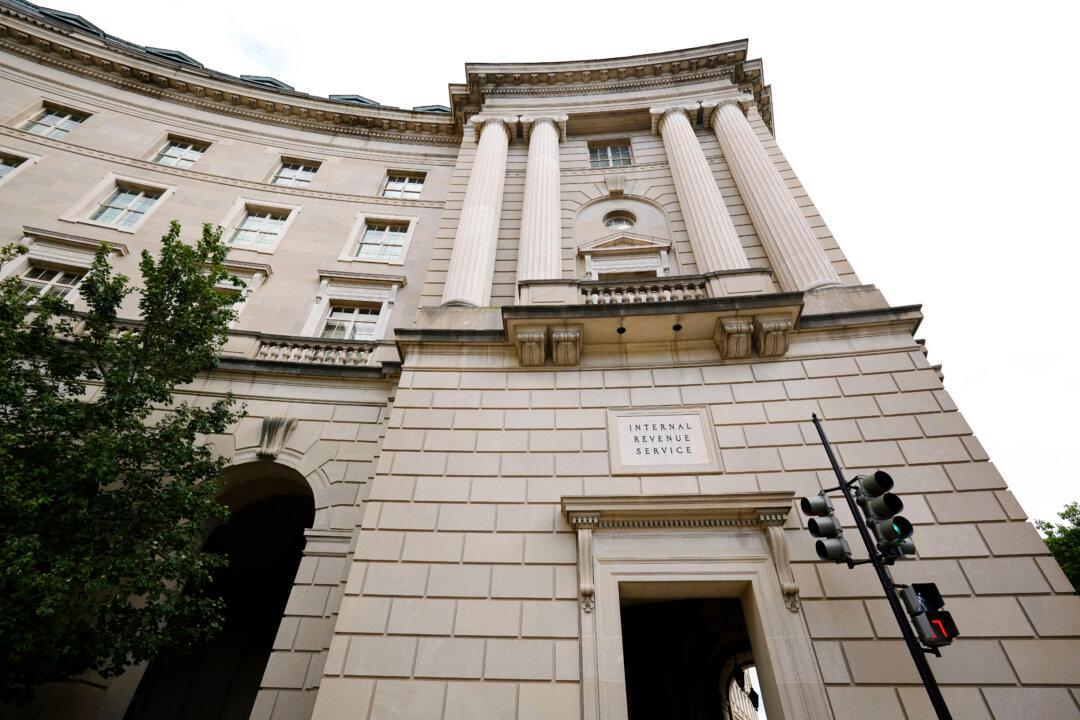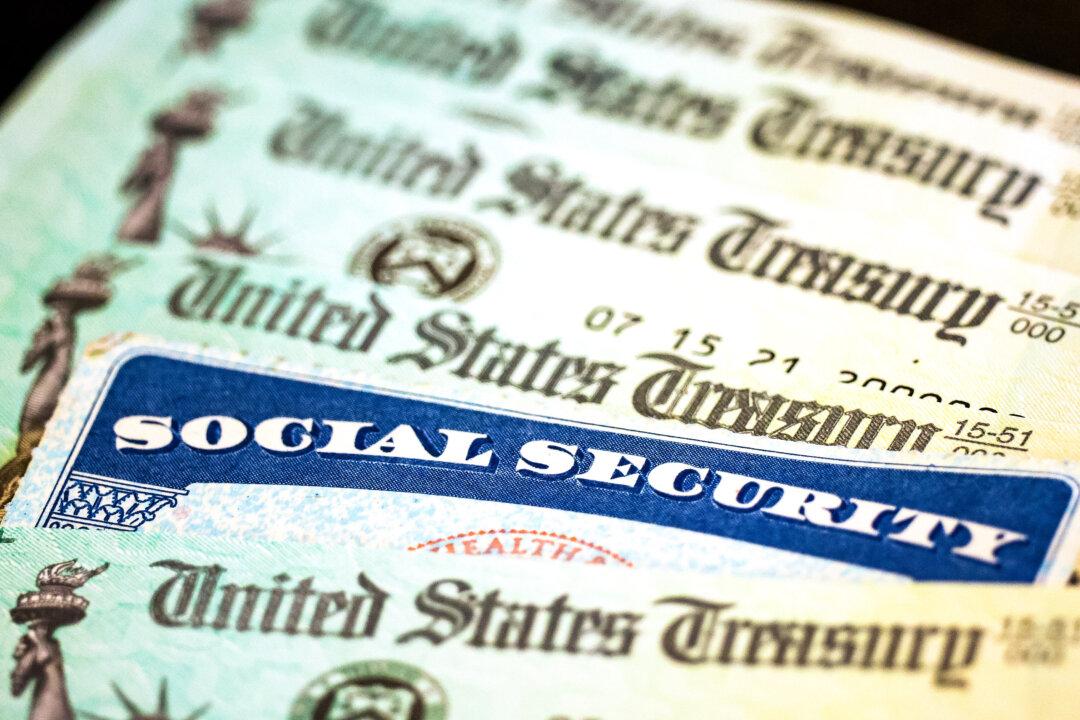U.S. consumer sentiment has fallen to its lowest level in almost 11 years, amid a surge in gasoline prices and overall concern about the economy’s future.
The survey attributed the decline in consumer sentiment to falling inflation-adjusted incomes, driven by a hike in fuel prices that has been exacerbated because of the Russia–Ukraine conflict. The expected inflation rate for 2022 has reached its highest level since 1981, while expected gas prices recorded their largest monthly upsurge in multiple decades.
The University of Michigan report also presented the preliminary March result for the Current Economic Conditions Index at 67.8, down 27 percent year-over-year. The index of consumer expectations was at 54.4, a decline of 31.7 percent from March 2021.
Inflation and the Russia–Ukraine situation is the “greatest source of uncertainty,” according to the survey. When questioned about the present economic outlook, “24 percent of all respondents spontaneously mentioned the Ukraine invasion.”
“The impact of this recognition was associated with a drop of 13.2 Index points in the Index of Consumer Expectations across all households,“ the survey reads. ”The difference was much larger for those who held higher inflation expectations: the difference was 33.5 Index-points on the Expectations Index for those who expected under 5 percent compared with over 5 percent.”
The relationship between consumer sentiment and spending is “loose,” especially in the short term, according to Scott Hoyt, a senior economist at Moody’s Analytics. According to Hoyt, there were more important factors such as real disposable income along with other determinants of household finances and budgets.
However, economist Peter Schiff took a gloomy view of the University of Michigan data.
U.S. inflation rose by 7.9 percent in February year-over-year, the fastest such pace in four decades. Treasury Secretary Janet Yellen, who had earlier predicted inflation to ease during the second half of 2022, now foresees another year of “uncomfortably high” 12-month inflation numbers.
“Current trends suggest the gap between real and nominal income growth will widen further for at least another few months, and potentially longer,” the report reads.






Friends Read Free